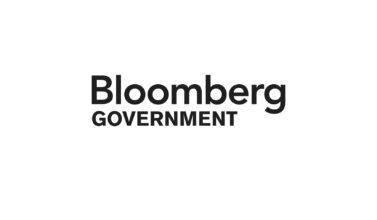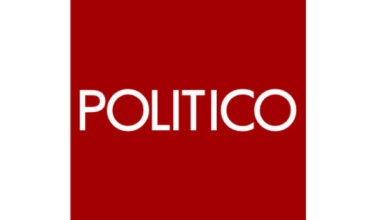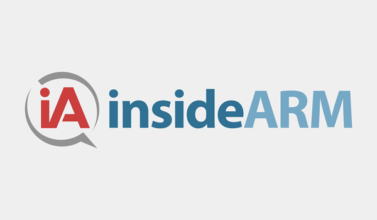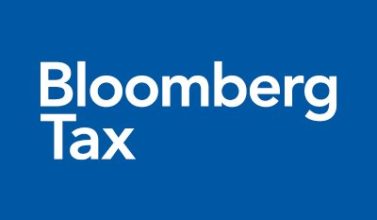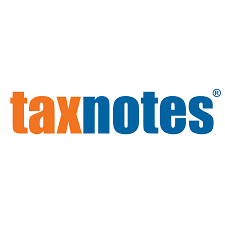
Grassley: Data Prove Private Debt Collection Pays for Itself
Senate Finance Committee member Chuck Grassley, R-Iowa, one of the main proponents of the controversial private debt collection program when it was reinstated in 2015, welcomed IRS data released August 23 revealing that the program is in the black. More specifically, it shows revenues exceeding costs by roughly $1.3 million since the program started.
“Contrary to critics’ claims and despite its slow-roll out, the IRS private debt collection program is already demonstrating that it can more than pay for itself with revenues returned to the Treasury,” Grassley said in a release, noting that the IRS has received over $30 million in revenue this year.
While the IRS program lost $15.3 million in fiscal 2016 and $13.5 million in fiscal 2017, revenues began to outpace costs in fiscal 2018, according to June quarterly statistics released by the IRS. That could be due partly to each of four companies participating in the program receiving just under 94,000 entities to collect from this fiscal year, significantly more than the 32,000 entities each received in fiscal 2017.
Despite the program’s budding effectiveness, there is still a major amount of debt for the companies to collect. About 19 percent of the 374,549 entities given to private collectors have paid their debt or entered installment agreements in fiscal 2018 so far, amounting to $449 million that is still unpaid.
Effectiveness Questioned
Others outside Congress aren’t as enthused about the program as Grassley. Susan Grant of the Consumer Federation of America suggested the money spent on the PDC program could be better spent by the IRS. “The fact that the federal government spent $55 million . . . that resulted in bringing in $56 million doesn’t sound like anything to crow about,” said Grant, who is director of consumer protection and privacy at the federation.
The program also came under scrutiny in this year’s Taxpayer Advocate Service annual report, which found that private debt collection companies were not appropriately screening taxpayers and were largely collecting from those at or below 250 percent of the federal poverty level. National Taxpayer Advocate Nina Olsen criticized private debt collectors for contacting taxpayers without knowing their income levels.
The Taxpayer First Act (H.R. 5444), which the House approved in April, would impose an income threshold that would have to be met, mirroring the TAS recommendation, before a taxpayer’s debt could be referred to a private collector. Top Senate Finance Committee members failed to include that provision in their IRS improvement proposal, but taxwriters Benjamin L. Cardin, D-Md., and Rob Portman, R-Ohio, included the income threshold provision in a separate measure called the Protecting Taxpayers Act (S. 3278).
To read the story, click here:
Related Post
Debt Collection Program Is...
Debt Collection Program Is Working IRS data shows the agency’s highly scrutinized...
- August 22, 2018
- By Kristin Walter
- Featured News
Grading Private Debt...
GRADING PRIVATE DEBT COLLECTORS: An IRS program employing private debt collectors to...
- August 24, 2018
- By Kristin Walter
- Featured News
Private Debt Collectors Raise...
Private Debt Collectors Raise $9 Million to Beef Up IRS Compliance Staff Turning unpaid...
- September 11, 2018
- By Kristin Walter
- Featured News
ANSWERING PRIVATE COLLECTION...
ANSWERING PRIVATE COLLECTION CRITICISM The IRS faces limits in assigning delinquent...
- September 12, 2018
- By Kristin Walter
- Featured News
Report on IRS Private Debt...
Report on IRS Private Debt Collection Program Gives Good Reviews to Agencies, Criticized...
- September 14, 2018
- By Kristin Walter
- Featured News
Hill Briefs: Grassley Says...
Hill Briefs: Grassley Says IRS Debt Collection Program Paying Off By Allyson Versprille...
- October 31, 2018
- By Kristin Walter
- Featured News



